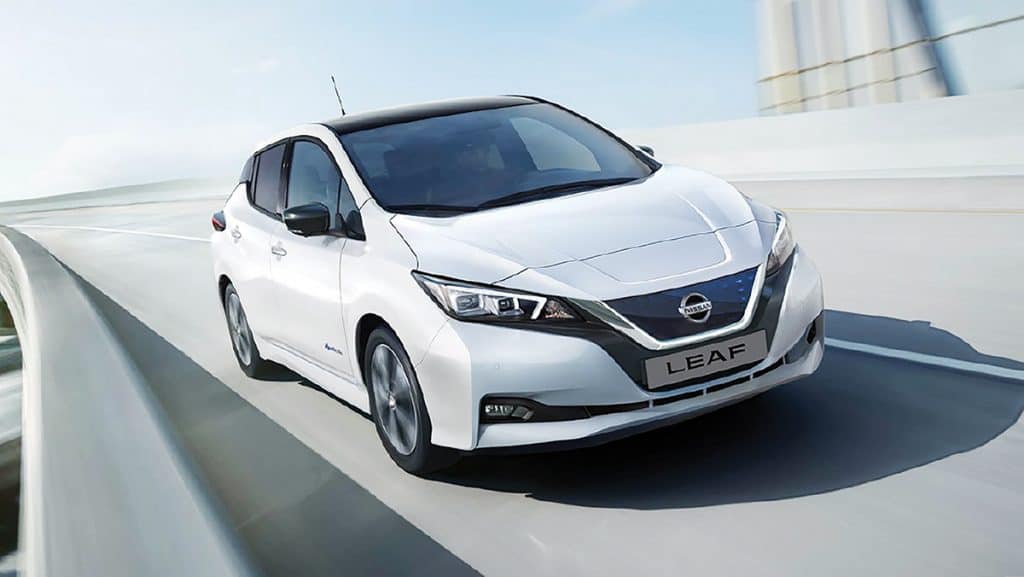On August 26, the yearly Philippine Electric Vehicle Summit (PEVS) will kick off for the ninth time. It was in 2010 when the PEVS was first crystallized as a concerted multi-sectoral platform toward the electrification of transportation.
Organizer Electric Vehicle Association of the Philippines (EVAP) can surely pat itself on the back and look at how far it’s gone as a group which “envisions a nation wherein the use of electric vehicles is highly promoted, encouraged and supported by its government and the society in order to develop a transportation landscape that is one with the environment ecologically and economically.”
Now to be fair, OEMs have been separately moving on their own in varying speeds toward electrifying their vehicle portfolios—largely as a function of the intent of their global headquarters. But EVAP has been doing sterling groundwork on multiple fronts by engaging all relevant stakeholders—including local and national government, and legislature—to keep electrification top of mind and never out of sight. The PEVS is certainly a critical ingredient to its success thus far.

The second summit in the age of the pandemic will be held online anew via Zoom, and the Manila Electric Company (MERALCO) and the Department of Energy (DOE) once again throw their support behind the event.
This year’s theme for the two-day affair is “Accelerating the switch to electro-mobility in the Philippines,” envisioning the “fast-tracking (of) electric vehicle adoption in the local transport sector in line with the government’s medium-term goal of attaining a low-carbon economy.”
Said EVAP president Edmund Araga, “We need to step up our efforts to achieve our goals for rapid EV deployment, and to do this, government and private sectors need to collectively reaffirm their commitment to do so.”
During a preliminary press conference to drum up support for the PEVS, Araga said that among the expectations for the confab is the “reaffirmation of commitment from key representatives of government agencies, from academe, from civil society in pushing transition of a sustainable transport system.”

Surely registering on the heatmap of topics will be the much anticipated and hoped-for approval at the Congressional level of the so-called Electric Vehicles and Charging Stations Act. Authored by Sen. Sherwin Gatchalian, SB 1382 has been okayed by the Upper House last May.
Once passed into law, the measure, according to a Senate press release, “will lessen the transport sector’s dependence on imported crude supply, a sustainability solution that will also be beneficial to the environment as it will have zero gas emission.”
Sen. Gatchalian said, “The overarching objective of the bill is for energy security because we import almost 100 percent of our crude to supply our vehicles. Also, as we all know, motor vehicles pollute our streets and the use of e-vehicles will reduce greenhouse gas emissions. This is also aimed at expanding the country’s manufacturing sector because what is incorporated in the bill is not only the promotion of the use of EVs but also the development of the EV industry, not just the vehicle itself but the whole ecosystem as it includes the charging stations, batteries, other parts and components.”
In a recent STAR article, Araga said there are only about 136 charging stations around the country.
Of course, there are a host of benefits in switching to electrified powertrains. Aside from the lessening (direct) dependence on fossil fuels, the proliferation of EVs will also mean aforementioned cleaner air – and a break for our lungs. Meralco Vice President and Chief Sustainability Officer Raymond Ravelo said that this is doubly appropriate as respiratory health has become a key focus area in this age of the pandemic.
The executive additionally stressed the importance of the PEVS as a “platform for knowledge sharing, policy dialogue, and platform for identifying synergies.” He averred, “This is a team game; we cannot go at it alone. We need earnest effort and collective action.”
A study by the Department of Trade and Industry (DTI) estimates EVs will reach a total of 300,000 units in the country by 2030, but Araga is hopeful this number can grow to 1,000,000 if SB 1382 passes into law.
The recent local introduction of the global EV model Leaf by Nissan surely was a significant development in our EV journey – seeming to mark a veritable uncorking of the EV bottle. “It’s a very big milestone,” underscored Nissan Philippines Assistant General Manager and Head of Communications Dax Avenido. “And this is the first EV Summit since (making the Leaf available).”
He maintained that the Leaf is a very big testament for Nissan and its support for the adoption of EVs in the country, noting that the company had been doing its part even before the model’s launch to educate the public about EVs. “This is about sustainability for us… It ties in with our campaign for zero emissions, and the Leaf as a partner in sustainability,” Avenido added.
For his part, Department of Energy (DoE)-Energy Utilization Management Bureau Director Patrick Aquino opined that now is a “very exciting time” for electric vehicles. “We’ve always said that the future is electric, and we will be supporting electric vehicle charging stations – and the infrastructure bill.”
What seems to be the tipping point that will enable a quicker, more widespread transition into electric (or at least electrified) vehicles appears to be the knocking down of barriers of cost.
Obviously privy to this, Sen. Gatchalian said in a release, “The high cost of EVs will eventually be at parity with internal combustion engine (ICE) vehicles as fiscal and non-fiscal incentives are provided for the importation, utilization and manufacture of EVs in the country. The bill will also ensure an expedited registration procedure for EV users.”
The parity that the senator speaks of can also be realized through the expected, continued decline in battery prices as manufacturers get more adept at making them – and making them better.
Meanwhile, if you do even a cursory browsing of OEM websites here, chances are you’ll see a model or two that are electrified—something that perhaps was unthinkable just a short time ago. Volvo, Porsche, Jaguar, BYD, Mitsubishi, Hyundai, Nissan, and other brands have made electrified vehicles aspirational parts of their portfolio. And when we say aspirational, we do not mean in a price-prohibitive sense.
You may remember that while Toyota Motor Philippines (TMP) introduced the now-iconic Prius more than a decade ago, many Filipino car buyers didn’t exactly queue up for their units. Bereft of any fiscal relief then, the Prius was priced largely out of consideration. That is certainly not the case now as Toyota is offering better-priced hybrid options that allow thoroughly guilt-free mobility at more reasonable prices. Still, kudos to TMP for daring to pioneer despite the hurdles of being the first mover.
But I digress. Perhaps you can see TMP reaping the fruits of its EV labor/information drive in the success of its luxury brand Lexus. According to Lexus Philippines, since it commenced selling hybrids in 2010 up until May this year, hybrid models have comprised 10.7 percent of total sales. That figure is definitely encouraging, especially since it was achieved despite the absence of significant pieces of legislation proffering relief.
Replying to a question from the STAR, Araga stated, “We’re waiting for the approval of the bill. If you give companies the right incentives, we can expect more (electrified) models.”
Ravelo puts things succinctly. He said he’s been asked before for a word to describe electric vehicles. That one word remains the same today.
“Inevitable.”

